Every civilization has lore about the diamond, most of them seeing it as a symbol of strength and endurance. In early history, diamonds were used as tools for engraving. Early Romans wore diamonds into battle because they were believed to bring great strength. Ancient Romans believed diamonds were the outer rings of stars that had fallen to earth. Julius Caesar, Louis IV, and Napoleon all wore diamonds for strength and protection. Have you ever thought these precious pieces of carbon can be cursed and ruin people’s lives?
Here is the list of 10 Indian originated diamonds which are cursed and ended many lives.
Table of Contents
The Hope Diamond
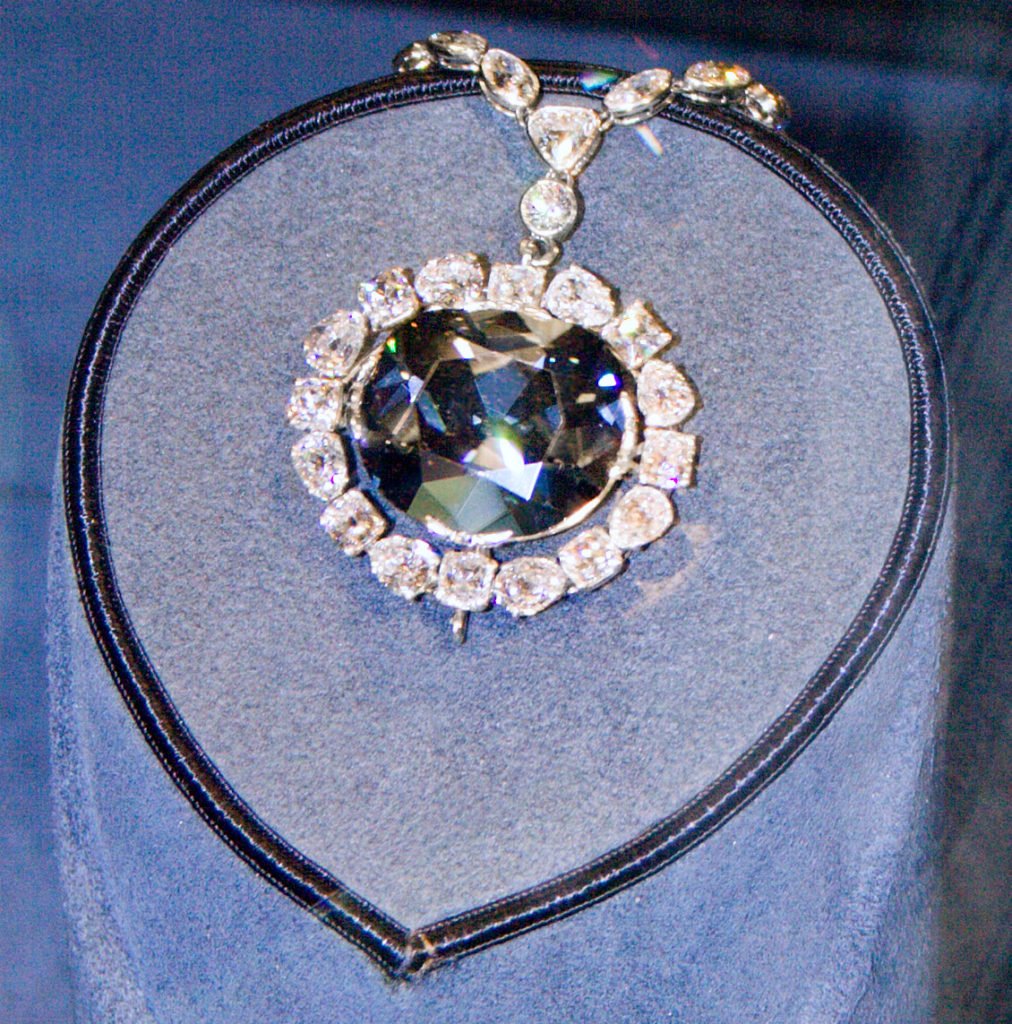
This dazzling and beautiful diamond with an antique cushion cut and dark greyish blue colour is weighted 45.52 carats. Originated in India mined from the Kollur mine of Guntur District (Andhra Pradesh), It was owned by many including Tavernier, Louis XIV and Henry Phillip Hope.
Named after Henry Phillip the Hope Diamond, currently at the Smithsonian Institute with an estimated value of 200-250 million USD is actually the most cursed diamond.
The history behind the diamond dates far back where a man named Tavernier who was travelling to India, stole the diamond from the forehead of a statue of Hindu goddess Sita(Lord Ram’s Wife).
It is believed that he was torn apart by wild dogs while travelling in Russia after he had sold the diamond. It passed into the hands of King Louis XVI of France where it was worn by Princess de Lamballie and Marie Antinette. Marie and King Louis both were beheaded during the French Revolution and Lamballe was beaten to death by a mob.
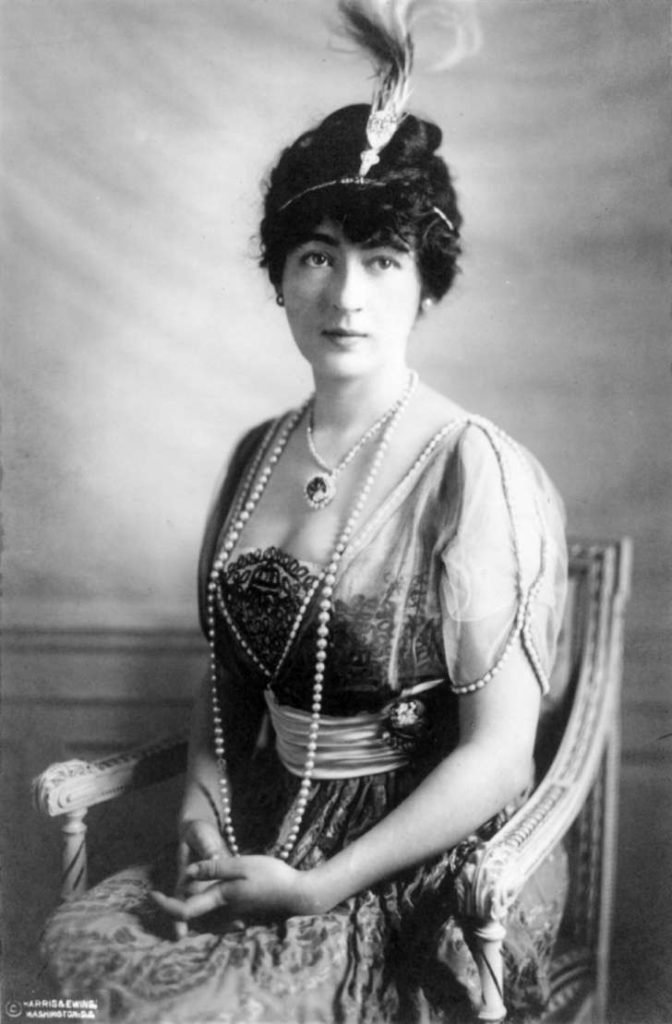
It later passed on into the hands of Jacques Colet who committed suicide, Surbaya who was stabbed to death by her royal lover who gifted her the stone and Simon Montharide who died in a carriage crash with the entire family.
Later it passed on to hands of Mrs. Evalyn McLean who threw lavish ‘finding the Hope’ party where the guests were invited to find the gemstone that she had hidden in her estate. Later her son was killed in a car accident, daughter died of an overdose, and her husband left her for another woman and she died in a sanitarium.
The KOH-I-NOOR Diamond
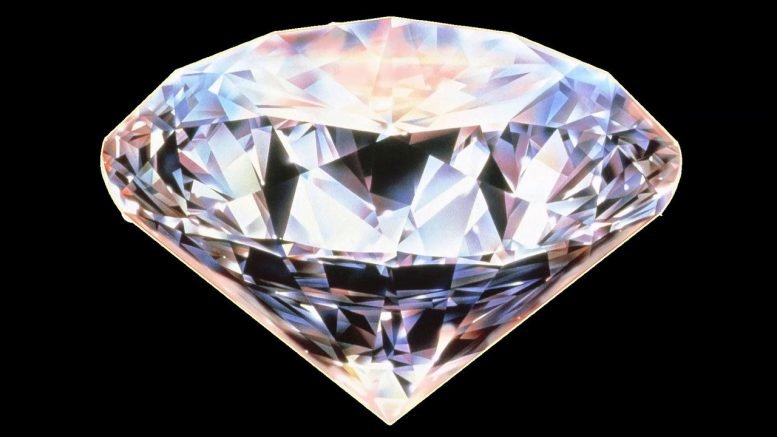
This extremely famous diamond with finest white colour is weighted 105.602 carats. Originated from India mined from the Kollur mines of Guntur district, Andhra Pradesh, India, was originally owned by the Kakatiya dynasty.
Currently set in the front of the Queen Mother’s Crown, displayed in the tower of London.
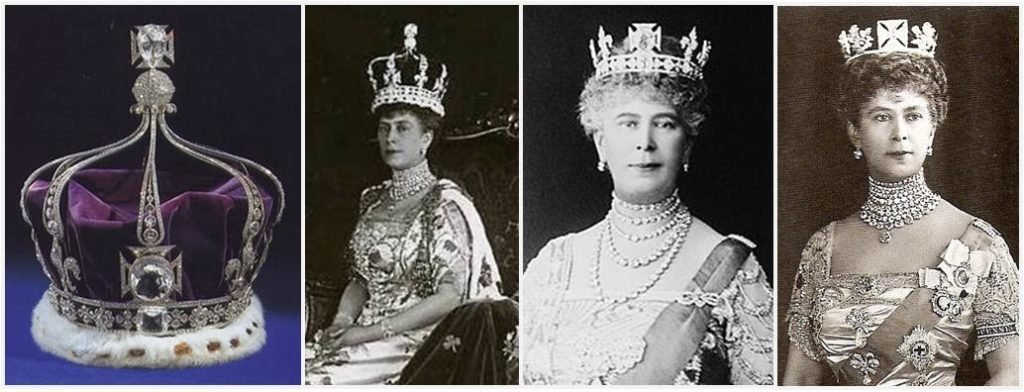
Mughal emperor Shah Jahan, incorporated Koh-i-Noor into his Peacock throne and his son Aurangzeb had him imprisoned in a fort. After that, it was reduced to 186 carats from somewhat 800 carats.
Since then the diamond has changed a lot of hands and every ruler faced with violence, murder, torture and treachery. It was given to Queen Victoria in 1850 and the British royal family aware of its curse, always passed the diamond in the hands of the wife of the male heir of British throne..
Black Orlov Diamond
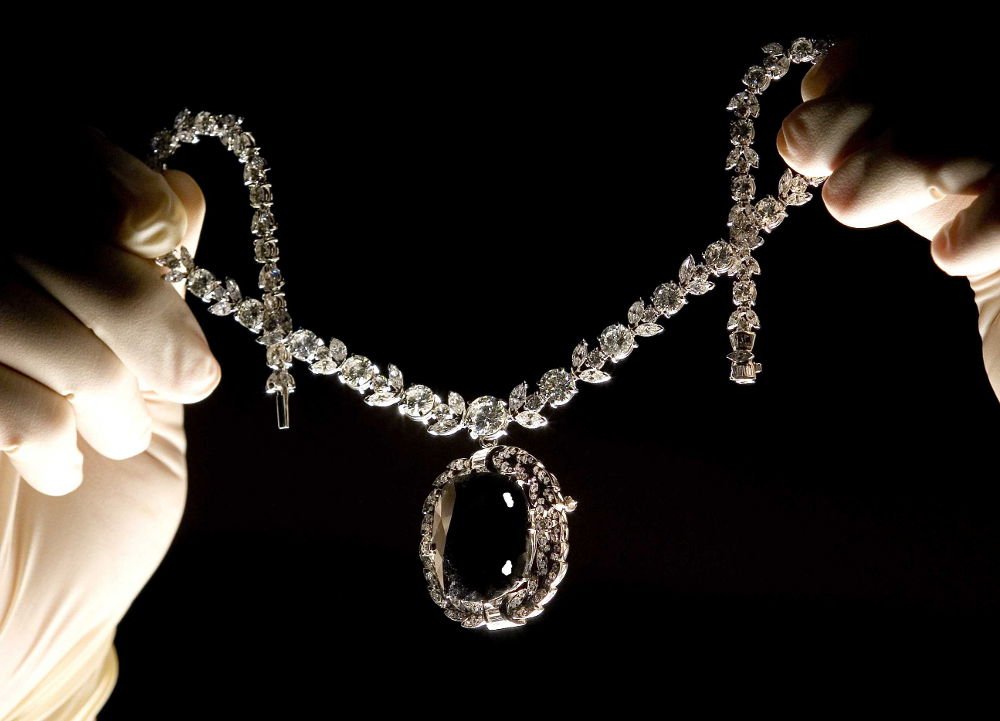
This black beauty weighted 67.5 carats originated from India is another highly cursed diamond. Displayed at The American Museum of Natural History in New York City and The Natural History Museum In London.
It is said that it was featured as one of the eyes of the Hindu God Brahma in Pondicherry. It is believed that after being stolen by a monk the diamond was cursed.
A diamond dealer J.W. Paris took the diamond to New York and soon after committed suicide by jumping from a skyscraper in New York City. Later owners included two Russian princesses called Leonila Galitsine-Bariatinsky and Nadia Vygin-Orlov (after whom the diamond is named). Both women allegedly jumped to their deaths in the 1940s.
The diamond was later bought by Charles F. Winson and cut into three pieces in an attempt to break the curse, the 67.5 carat Black Orlov was set into a brooch of 108 diamonds, suspended from a necklace of 124 diamonds. The diamond was purchased by diamond dealer Dennis Petimezas in 2004. Petimezas said that he was confident that the curse was broken.
The Orlov Diamond
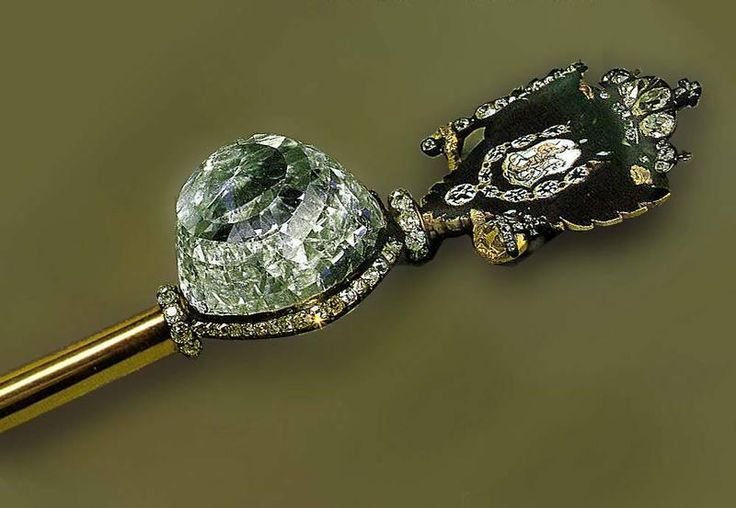
This 189.62 carats diamond is currently owned by Kremlin Diamond Fund. Again originated in India and mined from the Kollur mine of Guntur district, Andhra Pradesh. It is widely reported that the diamond was mounted on the idol of the presiding deity of the Sri Ranganathaswamy Temple at Srirangam, in southern India. It served as the tilaka on the forehead of the presiding deity it was stolen by a French deserter.
Once having pilfered the stone around 1750 the deserter fled to Chennai where he would find protection with the British Army, as well as a buyer. The as yet unnamed stone passed from merchant to merchant, eventually appearing for sale in Amsterdam.
Shaffrass, an Iranian millionaire who then owned the diamond found an eager buyer in Count Grigory Grigorievich Orlov. The Count paid 400,000 Dutch florins for the diamond. It passed hands and ended with Grigory Grigoryevich Orlov in Russia.
Orlov had an affair with Catherine II, where she was married to Peter III. Peter III was dethroned, Catherine became “Catherine the Great” of Russia and had an illegitimate child with Orlov. Later on, she left him for a Russian prince, but Orlov gave her the diamond to win her back. Catherine never came back to her but named the diamond after him which is now exhibited in Moscow showcasing Russia’s crown jewels.
The Delhi Purple Sapphire

First of all, it’s not a sapphire but an Amethyst. Heron-Allen’s daughter donated the gem, mounted in a ring in the form of a snake, to the museum in January 1944. The ring came alongside a letter, which claimed the stone “was looted from the treasure of the Temple of the God Indra at Cawnpore during the Indian mutiny in 1855 and brought to this country by Colonel W. Ferris of the Bengal Cavalry. From the day he possessed it he was unfortunate.”
According to the letter, after Colonel Ferris died the gem was passed on to his son, then to Heron-Allen, who in turn passed it onto friends who suffered what the museum calls a “trail of suicides, apparitions, disasters and failed careers.” Heron-Allen eventually packaged the stone inside seven boxes and deposited it with his bankers, instructing them that the gem shouldn’t see the light of day.
After his death, his daughter waited less than 12 months before donating it to the museum, and the institution has so far resisted the letter’s recommendation to “cast it into the sea.” The gem is now on display at the museum’s Vault Collections, where it doesn’t seem to cause any particular harm to visitors.
The Regent Diamond
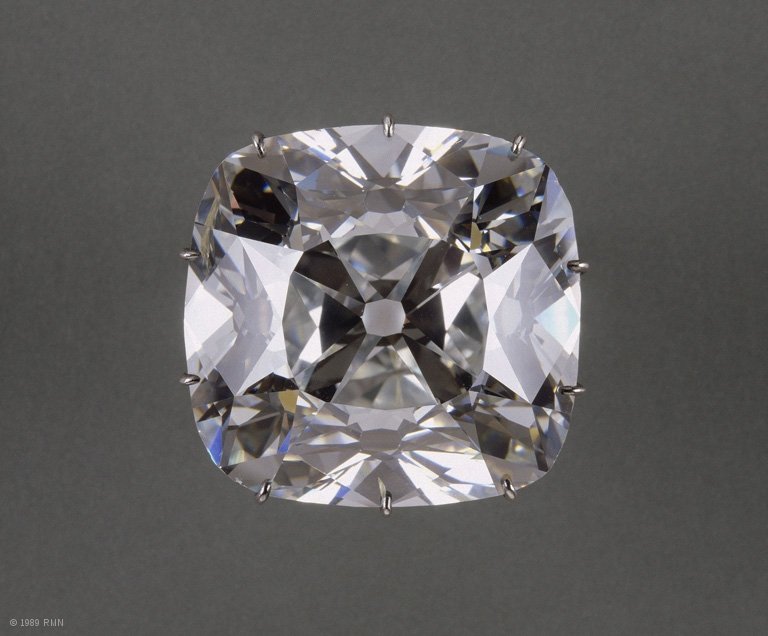
This extremely tempting diamond weighs 140.64 carats and has a white and pale blue colour. Originated in India and mined from Kollur mine this diamond is currently owned by France with an estimated value of £48,000,000.
The story behind the Diamond starts from 1710 when the diamond was mined in India and weighed 410 carats. It is said that it was found by a slave working in the mine, who stole it by hiding it in a self-inflicted wound in his leg. He tried selling it to an English sea captain, who drowned the slave and sold the diamond. It is said to be bought by an English governor names Thomas Pitt, who named it after himself. He had the diamond cut down to 140.64 carats and sold it to Regent Philippe II of Orleans in 1717. The French royal family named it after Regent.
The stone was later stolen in 1972 and passed into the hands of the French Army where they sold it to Berlin jeweller to raise funds. Napoleon I, claimed it in 1801, to have it set in the handle of his sword. After he died his widow returned the diamond back to France as a present which was then graced in the crowns of Louis XVIII.
As you have already noticed most of the mentioned diamonds were mined from Kollur Mine, Andhra Pradesh. The mine produced many large diamonds that became part of crown jewels. The mine was operated from 16th to 19th century.
Hope you liked the article.

